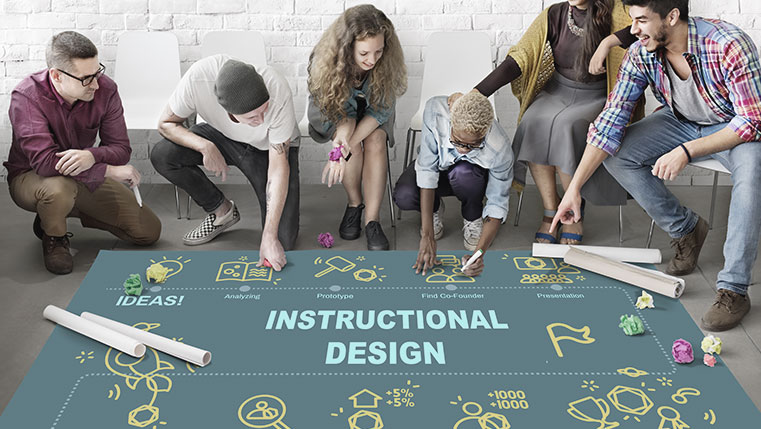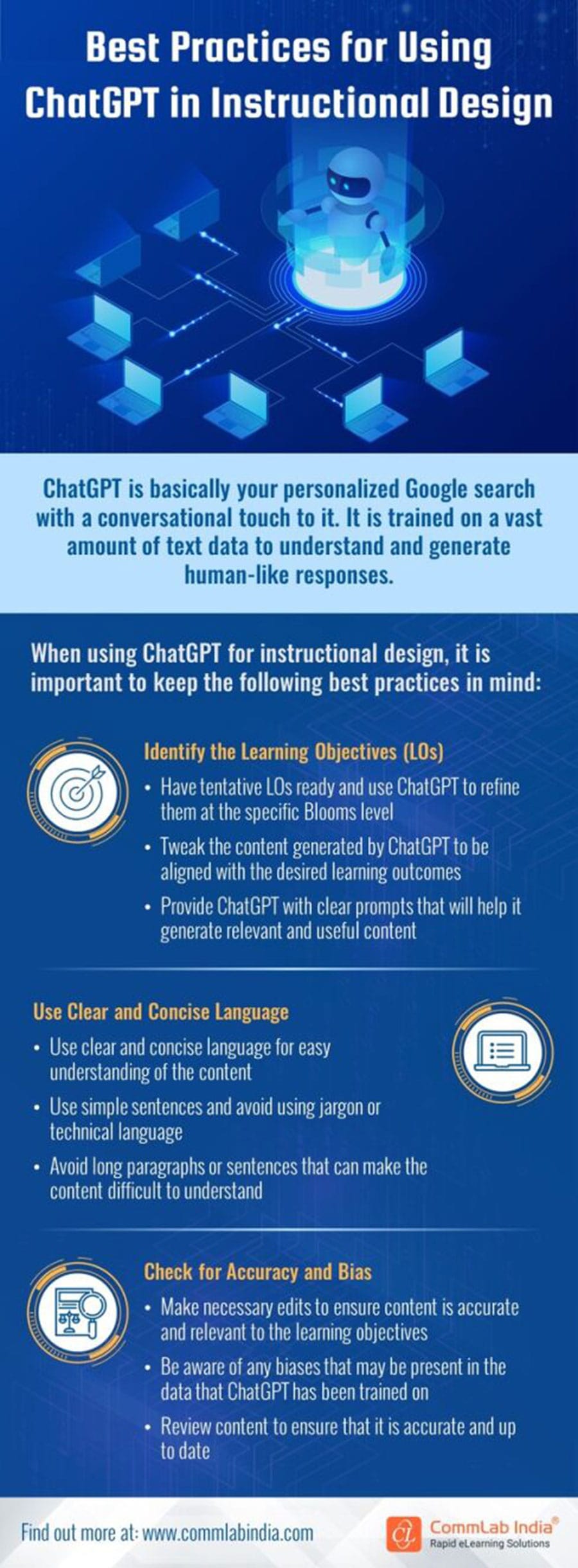7 ID Standards for Better eLearning [Bonus: Infographic]
Want to decode the secret sauce to creating captivating eLearning courses? Here are the key ingredients – 7 instructional design standards

Global organizations like yours are relying increasingly on eLearning as the go-to strategy to train their diverse, dispersed workforce. So, it is very important for eLearning course developers, whether in-house or external, to develop standardized courseware which can be used across multiple environments. Today we will explore 7 instructional design standards.
What are Instructional Design Standards in eLearning?
The 7 instrumental ID standards for effective eLearning include:
- Purpose Clarity
- Instructional Objectives
- Content-Objective Alignment
- Diverse Presentation
- Practice and Feedback
- Engaging Interactivities
- Objective-Based Assessments
7 Instructional Design Standards for Effective eLearning
These are the standards that observe the connection between the purpose of the course, course objectives, instructional content, instructional methods, and the learner.
Standard 1: Clearly define the eLearning course's purpose, including the expected outcomes, target audience, scope, syllabus, and duration. This sets the stage for learners.
Standard 2: Set instructional objectives that are performance-based, specific, measurable, and observable, ensuring they guide the course effectively.
Standard 3: Align course content with objectives, avoiding excess or insufficient material and maintaining consistency across different objectives.
Standard 4: Use diverse instructional methods, such as animations, videos, graphics, to present and demonstrate information, enriching the learning experience.
Standard 5: Provide practice opportunities with constructive feedback to reinforce learning, explaining why answers are right or wrong.
Standard 6: Incorporate engaging interactivities that connect with the course content and cater to the audience's needs.
Standard 7: Ensure eLearning assessments directly link to learning objectives, assessing learners' understanding accurately.
→ Access Now: Instructional Design 101 - Handy Guide for eLearning Designers [eBook]
Now that you’re aware of the ID standards to keep in mind when designing eLearning modules for corporate training, here’s a little bonus for you...
Bonus – ChatGPT to Help Adhere to the ID Standards!
Leveraging ChatGPT in instructional design can be a game-changer for adhering to industry standards. It assists in crafting clear course purposes, helps formulate specific learning objectives, aligns content with those objectives, generates diverse content formats for engaging presentations, and aids in creating practice exercises with constructive feedback.
ChatGPT can also offer suggestions for interactive elements and ensure that assessment questions align perfectly with learning objectives. Its integration empowers educators and course developers to streamline content creation, improve objective formulation, and maintain high-quality eLearning materials while staying in line with instructional design standards.
However, it is important for you to have a good understanding of ChatGPT and how to use it right. Here is an infographic with the best practices for using ChatGPT for instructional design:
Wrapping Up
These standards + the use of ChatGPT can help develop a consistent, high-quality learning experience for all learners. Course developers can make a checklist of these standards to ensure the quality of courses and provide an enriching learning experience to learners. But before embarking on the ID journey or leveraging ChatGPT, it is important that you are aware of the A – Zs of Instructional Design.
Here's an eBook to guide you!
Editor’s note: This post was originally published in October 2018 and has been updated for comprehensiveness.







